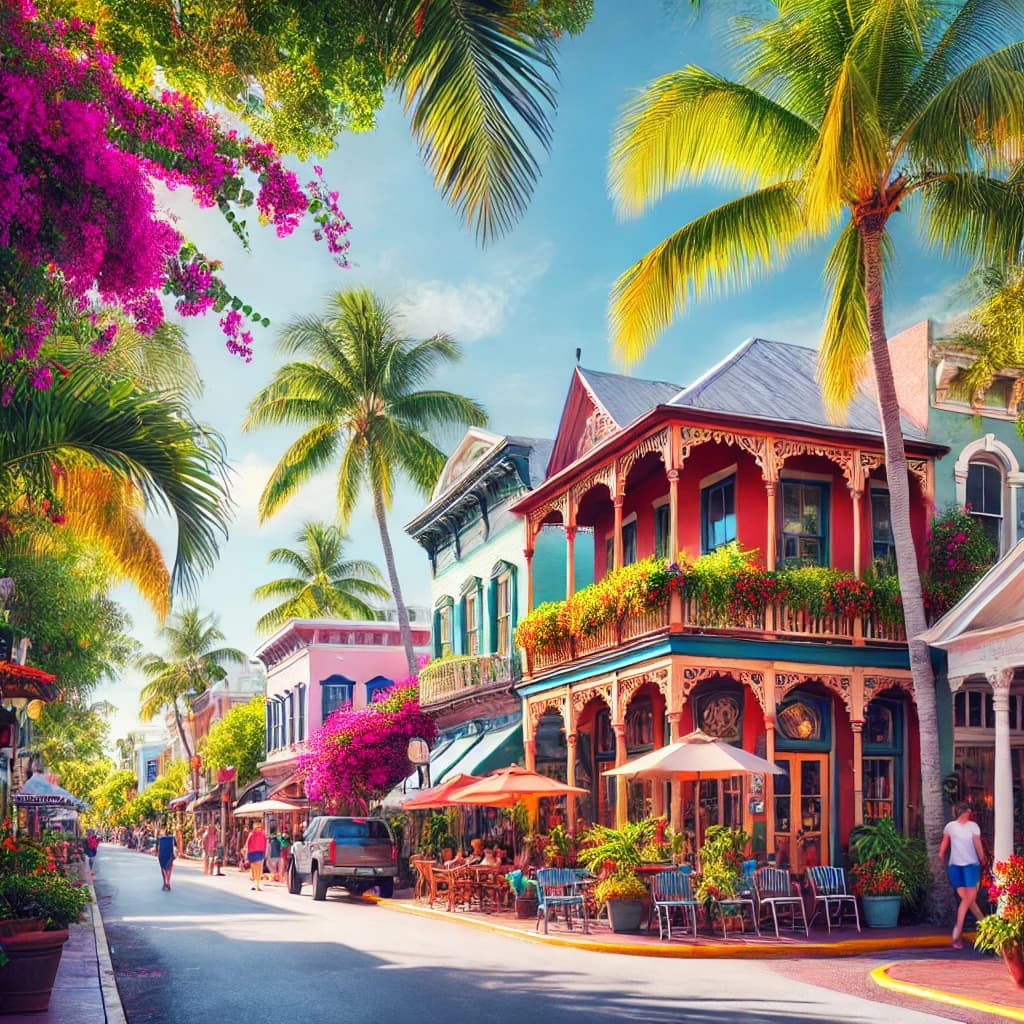Key West attractions draw visitors, shape Monroe County economy
Key West and nearby Monroe County destinations continue to attract residents and visitors with a mix of cultural events, historic sites, outdoor recreation, and wildlife viewing, driving local business activity and seasonal congestion. The concentration of attractions from Mallory Square to Dry Tortugas creates economic opportunity, but also raises environmental and infrastructure challenges that matter to local residents.
Listen to Article
Click play to generate audio

Key West remains a focal point for Monroe County tourism, with a compact set of attractions that generate steady visitor demand and sustain local restaurants, galleries, marinas, and tour operators. Popular draws such as the Mallory Square sunset celebration and the Ernest Hemingway Home and Museum anchor the island's cultural appeal, while boating and reef related tours out of the historic seaport serve as primary conduits to the offshore economy.
Recreational offerings range widely, supporting diverse spending across the community. Boat based activities include fishing, diving, and snorkeling trips that link directly to service sector jobs in marinas and hospitality. Duval Street provides concentrated dining, retail, and nightlife options that benefit small businesses and seasonal workers. Fort Zachary Taylor State Park preserves beachfront access for residents and visitors, while events such as the Key West Film Festival add cultural tourism demand during specific months.
Outlying destinations within Monroe County expand the region's appeal. Dry Tortugas day trips, wildlife watching for sea turtles and dolphins, and sightings of Key deer on Big Pine Key broaden the visitor mix. Bicycle and walking tours of Old Town and Bahama Village offer low impact ways to experience the community, and local eco education and reef conservation volunteer opportunities create channels for longer term engagement and stewardship.
Transportation choices shape access and congestion. Visitors reach the islands by ferry, air service, and driving U.S. 1, a single arterial route that concentrates traffic and creates seasonal bottlenecks. Seasonal crowding is a routine pattern, impacting resident mobility, parking availability, and public services. For residents the surge in visitor numbers can translate to both increased business revenues and pressure on housing, utility systems, and road maintenance.
Environmental and policy implications are central to long term resilience. Reef protection and wildlife conservation are critical to sustaining the diving and fishing sectors that underpin part of the local economy. Local volunteer programs focused on reef conservation and eco education help mitigate impacts while building community capacity, but sustained investment in habitat protection and visitor education remains necessary to preserve the natural assets that drive tourism.
For Monroe County policymakers and community leaders the challenge is balancing economic benefits with infrastructure and environmental stewardship. Managing seasonal flows, investing in multimodal access options, and supporting conservation programs will be important to maintain the quality of life for residents and the economic vitality of the local tourism sector over the long run.


